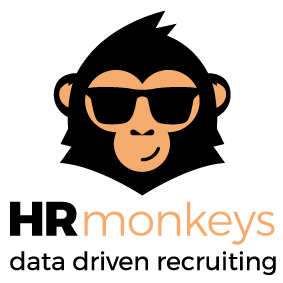
Element no. 1 – People show their expertise
If you as HR or as a company wants to know what competences and special skills the employees have it is a good idea to invite everyone in your organization to fill in and to share their expertise and their current development status in a corporate database related to a uniform profile framework. They can use it to show everyone in the organization what they can provide to colleagues’ tasks and projects based on their knowledge and experience and what qualifies them for other functions. This self-marketing leads on the one hand to a greater visibility in the company and subsequently to a higher level of awareness (by evolving an own employee brand), on the other hand favors the creation of an expert’s reputation and facilitates the direct contact between all team members regardless of their hierarchical position and any other organizational hurdles.
Element no. 2 – People find their strengths
Actively gathering feedback on one’s own person and at the same time exploring where strengths and development approaches lie are cornerstones of sustainable development. This permanent reflection (How do others rate my behavior? What else do I need to achieve my goals?) can be optimally supported by providing a variety of analytic techniques (preferably with one of the app’s already available on the market). Digital tools now allow to initiate survey processes with just a few clicks and to evaluate feedback results immediately. And it is not just one benefit that speaks for itself: if HR or an organization invests in such self-managed processes it also sends a signal to employees that it trusts in all people and believes that they really want to develop themselves independently. Beyond that it supports the intrinsic motivation and the willingness to use these tools without a special request.
Element no. 3 – People design their development
Due to the multitude of learning opportunities it is becoming increasingly important to maintain an overview and to select those that serve one’s own development. Especially digitalization leads to a veritable flood of e-learning tools, interactive learning videos via streaming channels and available knowledge databases and learning libraries. In this flood of information and learning options to find the right ones as an employee (for their own development) seems almost impossible. At this point HR can act here as an agile learning manager and curator in the sense of a people coach and can help all employees to find their way in this thicket.
Element no. 4 – People meet jobs
Electronic job boards are common instruments to post vacancies and to offer the opportunity to match employee’s skills with specific requirements of a job. An additional feature of this system could allow the possibility that employees declare their interest in one or another job by tagging it directly in established org charts posted on internal webpages regardless of being vacant or not at present. This brings a higher visibility and a huge advantage for HR to be able to quickly and unbureaucratically track future potentials for all jobs in the organization. Based on employee’s tagging confidential contact can be initiated by HR and further steps or available options can be ventilated related to employee’s skills profile and to his or her potential.














